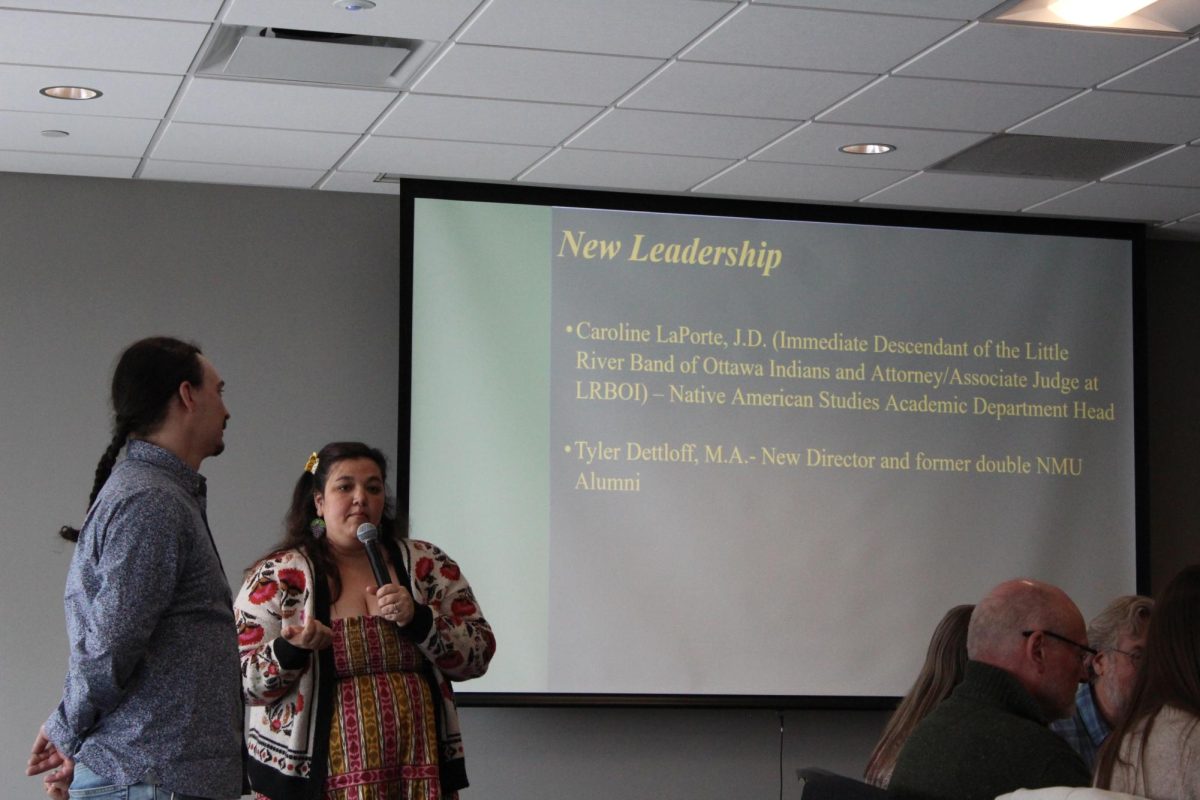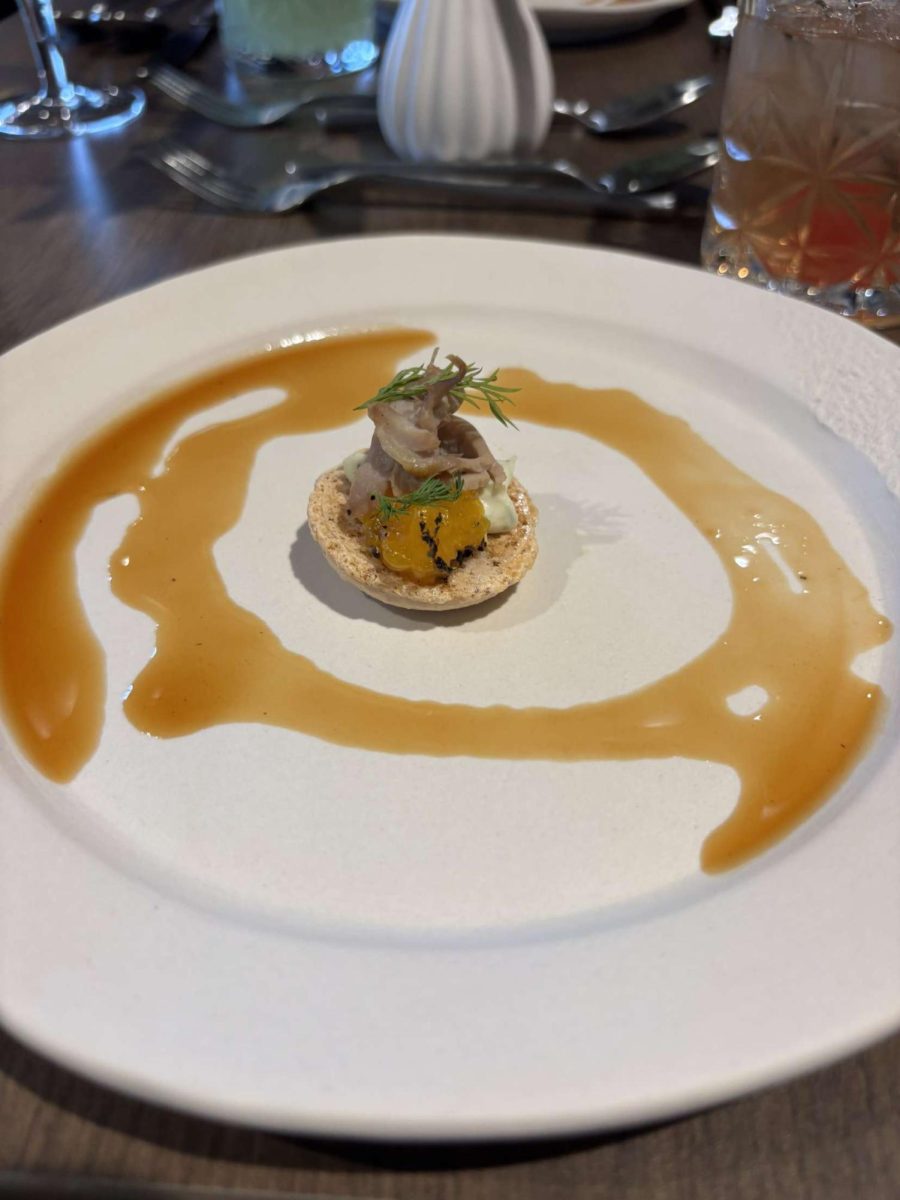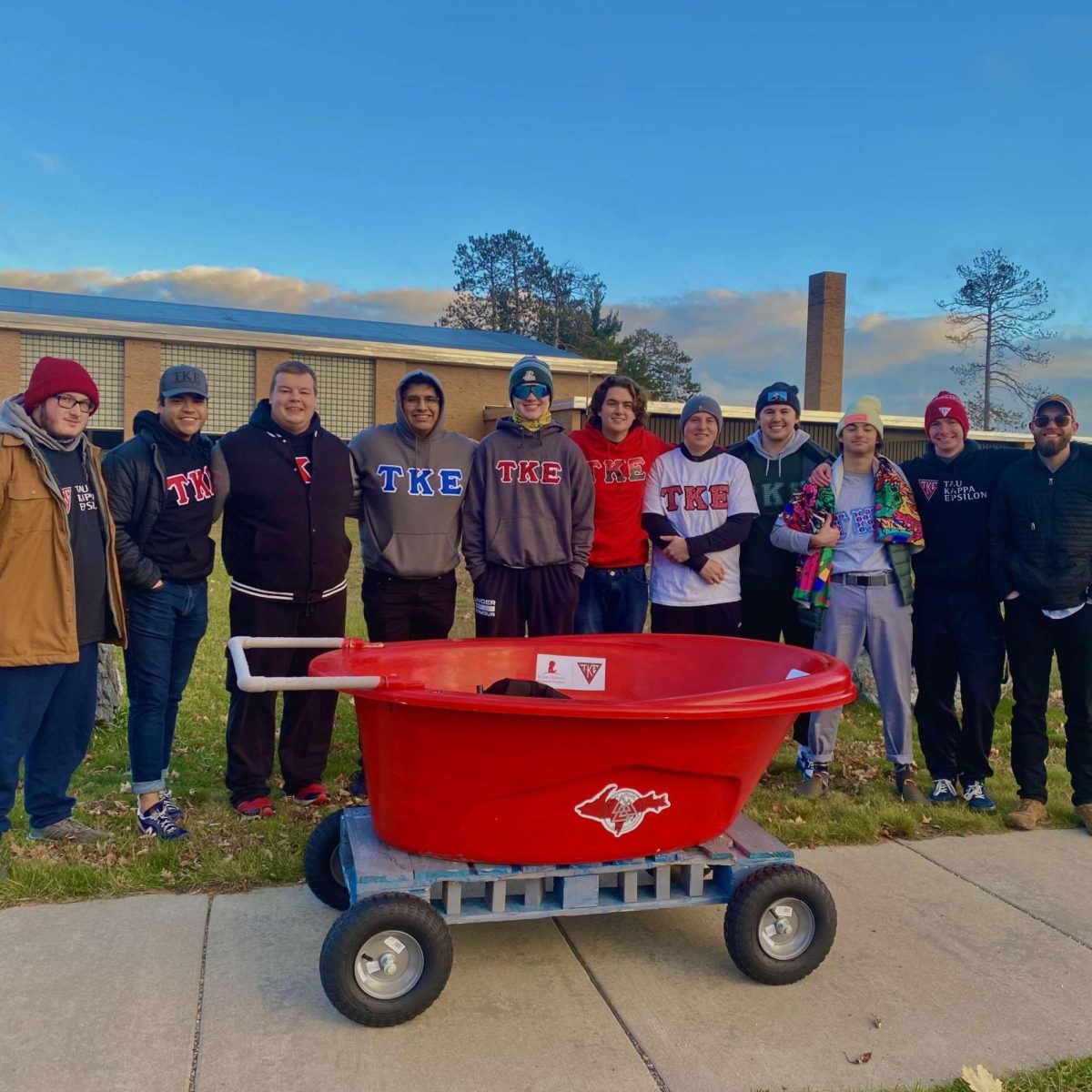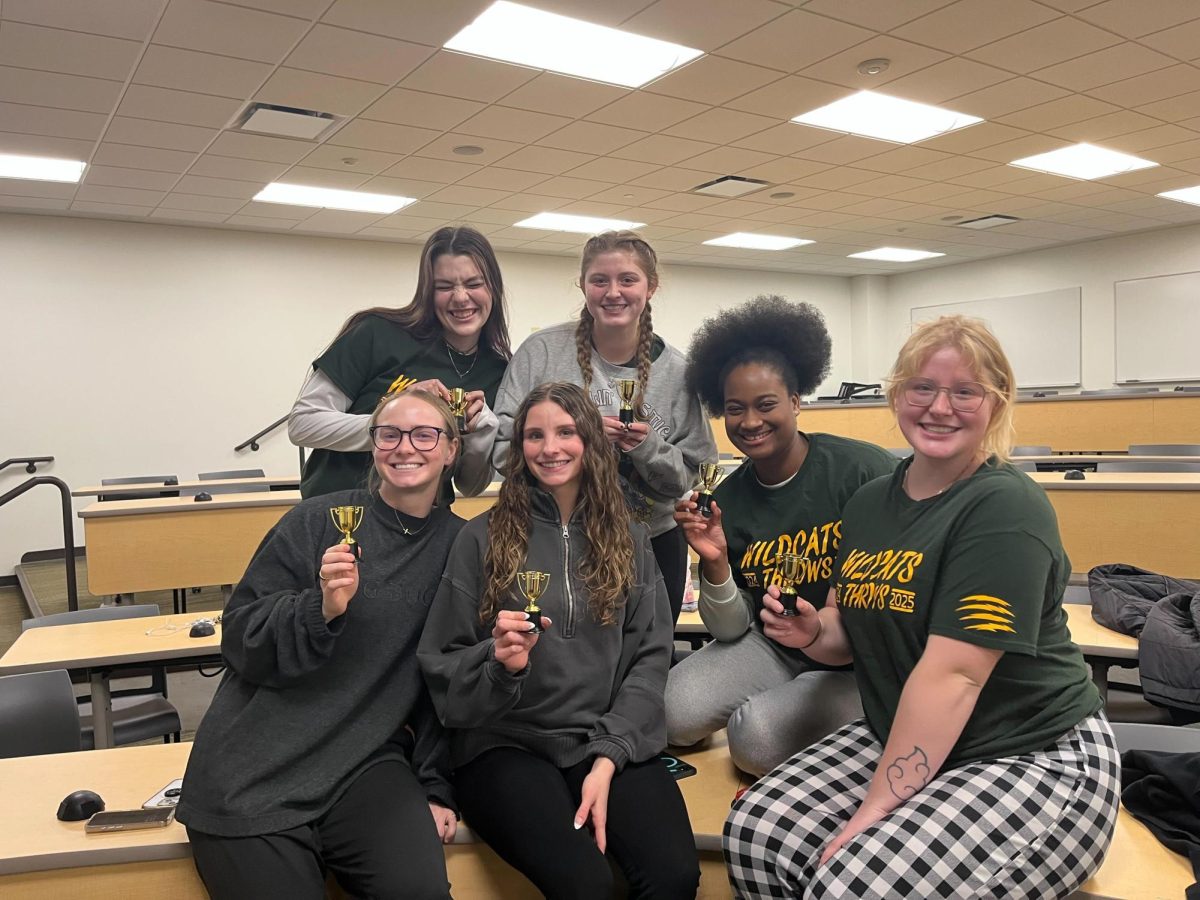The Michigan Invasive Species Grant Program through the Department of Natural Resources (DNR) will provide $86,474 in funding to the Marquette conservation organization—Lake to Lake Cooperative Invasive Species Management Area (CISMA).
The DNR awards this grant for invasive species management to organizations statewide, splitting approximately $3.6 million between 36 organizations in Michigan, including many operating through Michigan State University, local conservation districts and land conservancies.
“The Lake to Lake CISMA will continue to increase awareness of CISMA activities within our service area, provide boots-on-the-ground management of priority invasive species, continue an education and outreach campaign and advance management activities as outlined in our strategic plan,” according to Michigan.gov which revealed the projects receiving funding and plans for the grant money.
Lake to Lake CISMA generally seeks funding through this grant as part of its “usual rounds,” Coordinator Elise Desjarlais said. “We were fortunate enough to be awarded this year.”
The money will be used to fund the coordinator position, assist in education and outreach programs through CISMA, to organize a boat wash to reduce the spread of invasive species in the Great Lakes and to highlight aquatic species targeted by the conservation initiative, Desjarlais said.
However, some of the money will also go directly to funding survey and treatment of invasive species in the Marquette area. CISMA hires seasonal field crew positions annually, paying employees to manually pull plants and “make sure they get the root,” Desjarlais said.
Sometimes, these field crews use approved herbicides to kill invasive plant species, or engage in biological control wherein they release an organism such as a beetle to eat the invasive plant. Plants targeted by CISMA in Marquette include garlic mustard and Japanese knotweed, which are often found in urban areas, as well as purple loosestrife and phragmites, which are generally found in wetlands, Desjarlais said.
Invasive species come from a different environment than they currently grow and are detrimental to the native ecosystem where they spread.
They have a “competitive edge” over native species, Desjarlais explained, because they are able to reproduce faster and more easily and can grow in many different environments. They compete with native species, degrading native ecosystems and resulting in a loss of biodiversity. Vulnerable native species which CISMA hopes to protect include the Lake Huron pansy and the dwarf lake iris.
CISMA often holds volunteer pull days in the spring and early summer of each year, during which citizens can participate in conservation. Often CISMA releases volunteers on the Noquamenon Trail Network in an effort to eradicate invasive species.
People can assist the efforts of CISMA year-round by becoming aware of some of the targeted species, not moving dirt from place to place in order to prevent moving seeds and using a boot brush station when hiking outdoors.































